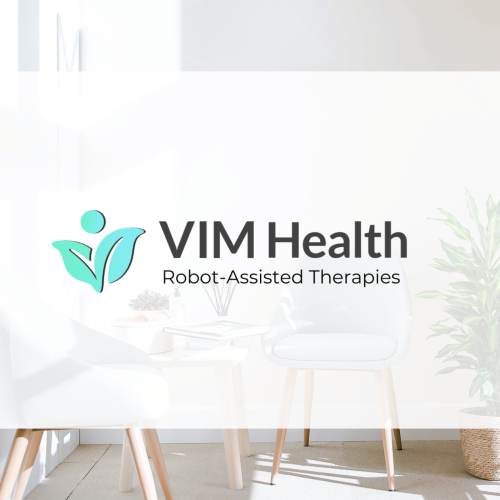Gait training is a vital component of rehabilitation therapy to restore an individual’s ability to walk or improve their walking pattern. At VIM Health, we combine physiotherapy exercises with the use of a robotic device called ‘the Lyra’ to enhance our therapy sessions. According to the National Library of Medicine, a study found that robot-assisted gait training is beneficial for improving motor function and trunk stability, as well as balance and gait ability.
Whether recovering from an injury, surgery, or neurological condition, gait training plays a pivotal role in regaining mobility and independence. In this blog, VIM Health will explore lower limb rehabilitation, and the techniques employed to optimise walking patterns.
What is Gait Training?
Gait training refers to relearning or refining the act of walking. It involves a comprehensive rehabilitation program designed to address the physical, biomechanical, and neurological aspects of walking. The goal is to improve an individual’s walking pattern efficiency, balance, and stability, enabling them to perform daily activities with greater ease and reduced risk of falls.
Importance of Gait Training in Rehabilitation
- Restoring Mobility: The ability to walk independently is crucial for performing routine tasks, engaging in social activities, and maintaining overall quality of life. Gait training focuses on strengthening the muscles, improving coordination, and enhancing balance, all essential for regaining mobility.
- Improving Functionality: Gait training helps individuals walk and achieve functional movements such as climbing stairs, getting in and out of chairs, or navigating uneven surfaces. By improving the walking pattern, gait training enhances overall functional abilities and reduces dependence on assistive devices.
- Preventing Secondary Complications: Prolonged periods of immobility or abnormal walking patterns can lead to secondary complications such as muscle atrophy, joint stiffness, and reduced cardiovascular endurance. Gait training addresses these issues by promoting proper weight-bearing, joint mobility, and muscle activation, thus reducing the risk of further complications.
Techniques
Therapeutic Exercises: Gait training typically involves a combination of therapeutic exercises targeting specific muscle groups and joints involved in walking. These exercises focus on strengthening the lower limbs, improving flexibility, and enhancing overall stability. Examples include squats, lunges, leg presses, and calf raises.
Balance and Coordination Exercises: Balance and coordination are fundamental to a healthy gait. Various exercises, such as: standing on one leg, walking on uneven surfaces, or using balance boards, are incorporated to improve balance control and enhance coordination during walking.
Assistive Devices: Depending on the individual’s needs and level of impairment, assistive devices may be employed during gait training. These devices include canes, walkers, crutches, or orthotic devices, which provide stability, support, and help improve weight-bearing distribution.
Robotic Devices: Robotic devices like the Lyra allow users to maximise repetitions. These reps are needed to see this positive change in the brain, enabling up to 40 times the number of steps compared to standard treadmill training. Users are supported in a harness, with their feet strapped into foot plates. These reps promote neuroplasticity of the brain, re-wiring neural pathways and stimulating movement.
Functional Electrical Stimulation (FES): FES is a technique where electrical currents are applied to specific muscles to facilitate muscle contractions during rehabilitation. It can help individuals with weakened or paralysed muscles activate the necessary muscle groups and regain functional walking abilities.
Virtual Reality (VR): In recent years, virtual reality has emerged as a promising tool in gait training. VR systems create immersive environments that simulate real-world walking scenarios, enabling individuals to practice walking and balance skills while receiving real-time feedback and engaging in interactive exercises.
Gait training is a fundamental aspect of rehabilitation that focuses on improving walking abilities and enhancing overall functionality. Individuals can regain mobility, independence, and confidence in walking, through therapeutic exercises, balance training, assistive devices, and innovative technologies. For more information on the equipment we have in our neurorehabilitation centre, or to discuss one of our intensive rehab programs, give us a call on 01273 037400 or send us an enquiry.
